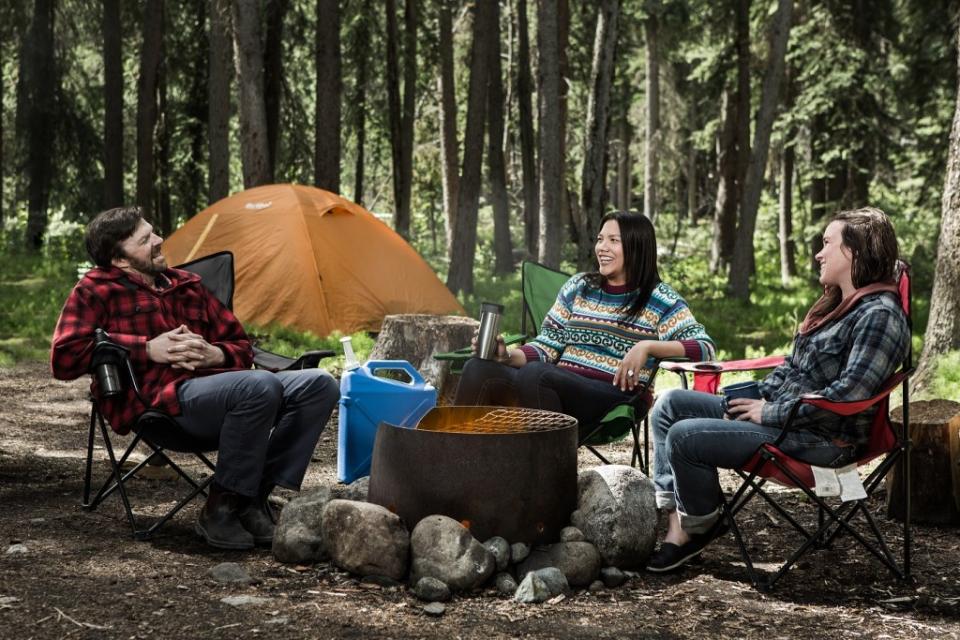
Each spring there is increased wildfire risk because melting snow exposes last fall’s dead surface litter. These tinder-dry leaves, grass and twigs burn easily, and human behaviour like abandoned smouldering campfires is the main cause of spring wildfires in the Yukon.
Wildland Fire Management has the legal power to limit fire use. These orders, commonly referred to as “fire bans”, are necessary when the risk of preventable human-caused fires is greater than the privilege to use fire for recreational purposes.
Fire bans are generally considered if there is extreme fire danger or multiple major wildfire responses happening at once. The wildfire conditions in other provinces or territories do not trigger a fire ban in Yukon, which is currently not as dry as elsewhere in the country. There are no automatic triggers for a fire ban, and they can be ordered for each of Yukon’s 10 wildfire districts to different levels based on the situation:
- Level 1: all fire use is suspended.
- Level 2: cooking and warming fires are only allowed in the provided fire pits and stoves at road-accessible territorial and commercial campgrounds.
- Level 3: cooking and warming fires are only allowed in fire pits or other purpose-made containers.
Wildland Fire Management works with its partners in the Government of Yukon and the community so that fire bans are widely communicated when they take place. When a fire ban is not in place, people are asked to use their fire privileges responsibly.
Learn more about how to use fire safely in camp, when burning brush legally, or in the backcountry.
Contact
Fire Information Officer, Wildland Fire Management
867-393-7415 or YukonFireInfo@yukon.ca
